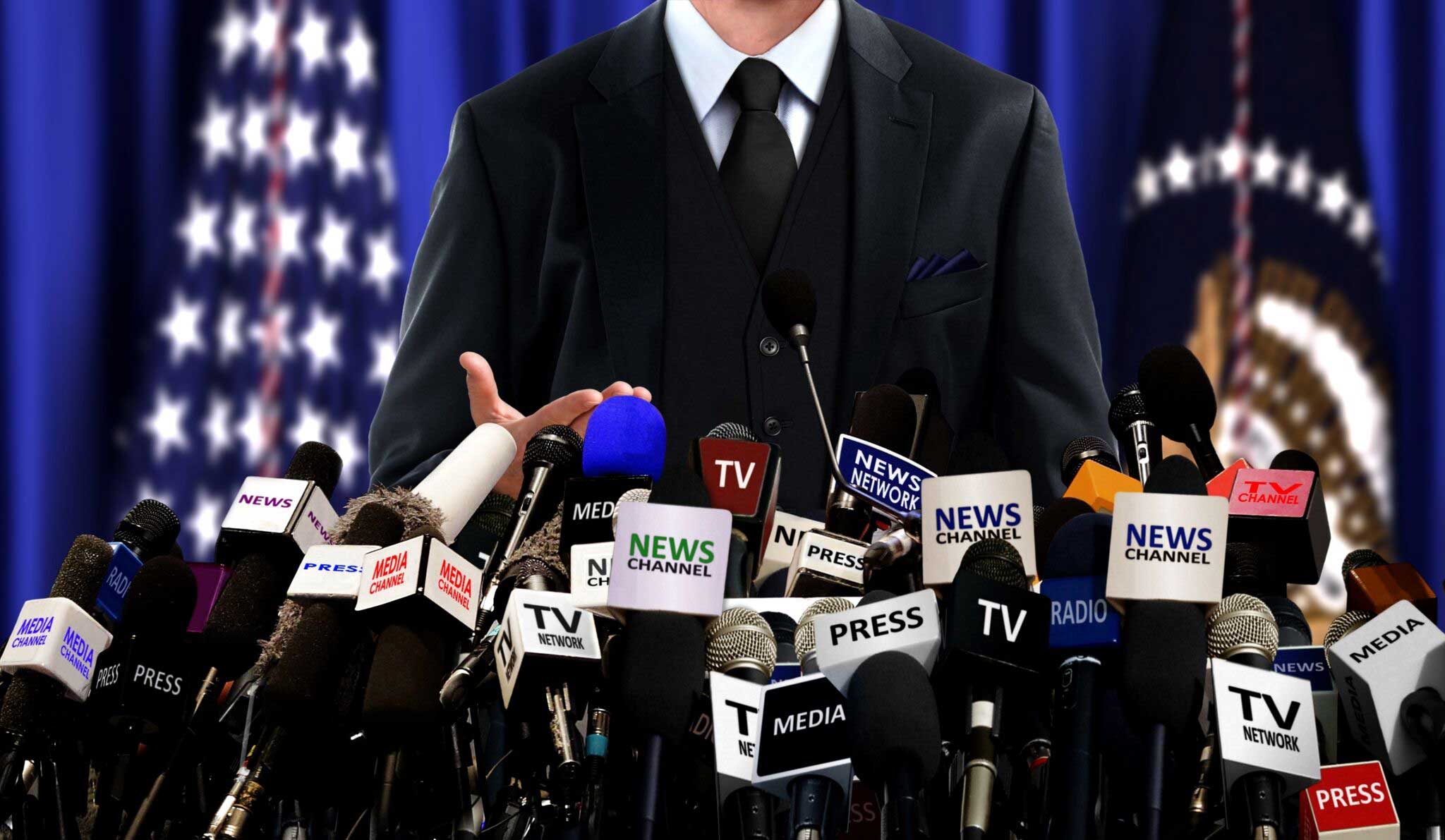Do you know the history of the press release? Back in 1906, a train belonging to the Pennsylvania Railroad was involved in a terrible accident. They hired marketing expert Ivy Lee to help. Lee promptly sent out a written, prepared statement describing what happened.
This might not seem like a big deal today, but the professional, real-time response was actually very innovative. The company could help shape the story in the minds of the public. Lee’s written statement was published practically verbatim by the New York Times.
Today, the technology has changed but the basics of a press release remain roughly the same. Of course, press releases aren’t written exactly as they were over 100 years ago. Here are some SEO-friendly updates which should be kept in mind when writing a press release.
Write a Compelling Headline
The headline is the first part of the article the reader sees. You want to grab their attention and convince them to read more. Business expert Michael Masterson identified the four U’s of a great headline. They are:
- Urgent: Make the reader feel they’ll miss out if they don’t read your article
- Unique: Offer information which the reader can’t find anywhere else
- Useful: Offer a solution to a problem your reader is having
- Ultra-Specific: Provide in-depth solutions with plenty of detail
Check out this quick summary from the Department of Journalism at Columbia for more headline writing tips.
Writing a headline can be one of the most time-consuming aspects of publishing a news article. If you present the journalist with a great pre-written headline, you’re making their life easier – which means they’re more likely to use your story.
Keep it Short
Reporters and feature writers don’t have a ton of time. If you want to capture the attention of the media, your press release should be short and sweet. As a general rule, a press release should be under 600 words.
You want to find a balance between details and brevity. Provide enough info to tell the story but don’t overwhelm the reader with an avalanche of information.
Add Rich Media
In the pre-Internet days, logos and graphics were far more difficult to deal with for a publisher. Today anyone can add your logo to a story with just a few clicks. Include your logo as an image within your press release.
Aside from a logo, you can also include images and even video. Many news sites love multimedia. Present a few images so the media organization has a few options to choose from.
Include Appropriate Keywords
Here’s another tip specific for the internet age. You’ll want to add about two or three keywords to your press release. Add the keywords to the headline, subheading and first paragraph.
Keywords serve two purposes. First, they’ll help your press release find the proper audience within a larger wire service. Plus, the media organization might publish part of your press release verbatim. If keywords are included in your press release, they might find their way into the news story, too.
Use the Proper Format
Don’t get overly clever or unique with the structure of your press release. Media professionals see press releases all day long. Any serious deviations from the norm will often appear amateurish.
Here’s the format you want to use:
- Headline
- Brief one or two-sentence summary
- A story which answers who, what, where, when and why
- Include relevant links to authority sites
- Include a brief summary of your brand
- Wrap up with contact information for follow-up questions
The classic element of a great press release has remained unchanged for over 100 years. Be clear, concise, engaging and informative. The SEO friendly tips above will help your press releases reach a larger audience than ever before.




